Of these, up to 54 million children are involved in hazardous work that can seriously harm their health, safety and development.
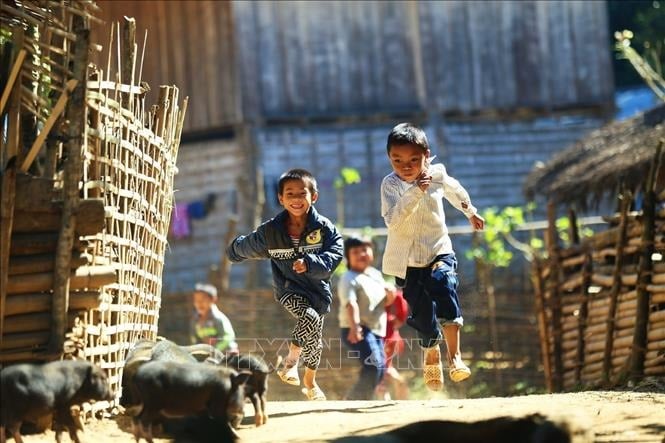 |
| Illustration photo. |
The report, titled “Child Labour: Global Estimates 2024, Trends and the Way Forward,” shows that the total number of children engaged in child labour has decreased by more than 22 million compared to 2020, marking a positive step after a worrying increase between 2016 and 2020. However, the world is still far from achieving the target of ending child labour by 2025 as set out in the Sustainable Development Goals (SDGs).
ILO Director-General Gilbert F. Houngbo said the findings of the report show that progress is possible, but we cannot afford complacency.
Children need to be in school instead of working, and adults need to have stable jobs so they don’t have to send their children into the workforce. We have a long way to go if we want to truly eliminate child labor.
According to the report, agriculture continues to be the sector with the highest number of child labourers, accounting for 61% of the total, followed by services (27%) such as market sales or domestic work, and industry (13%) including manufacturing and mining.
The Asia- Pacific region recorded the most significant decline in child labor since 2020, from 5.6% to 3.1%, equivalent to a reduction from 49 million to 28 million children.
In Latin America and the Caribbean, the child labor rate fell by 8% and the total number of working children fell by 11%. In contrast, sub-Saharan Africa remains the region with the highest number of working children, accounting for almost two-thirds of the global total, or around 87 million. Although the rate fell from 23.9% to 21.5%, rapid population growth means the absolute numbers remain very high.
The report also notes that boys are more likely than girls to be in the workforce across all age groups. However, when unpaid housework of 21 hours or more per week is included, the gender gap reverses, suggesting that girls are shouldering an additional, invisible burden of household work.
UNICEF Executive Director Catherine Russell said the world had made significant progress in reducing the number of children forced into child labor. However, too many were still working in mines, factories or farms, often in dangerous conditions, just to help feed their families.
“We know that ending child labor can be achieved through proven solutions: expanding social protection, investing in free education, strengthening laws to protect children and ensuring adults have decent work. But without investment and political commitment, the gains made could be wiped out,” said Catherine Russell .
The ILO and UNICEF warn that budget cuts to education, social protection and livelihoods, especially in poor countries, could push millions of families into sending their children to work. At the same time, limited investment in data collection will make monitoring and intervention more difficult.
Child labour not only hinders children’s learning but also undermines their future opportunities, leaving them physically and mentally vulnerable. It is both a cause and a consequence of the vicious cycle of poverty, lack of access to education and lack of suitable employment for adults in the family.
The report highlights that since 2000, the number of child labourers globally has almost halved, from 246 million to 138 million, but the current pace is too slow to achieve the target of ending child labour by 2025. To do that, global progress needs to be 11 times faster than the current pace.
To accelerate this effort, ILO and UNICEF call on governments to increase investment in social protection systems, especially for vulnerable households; expand access to quality education, especially in rural and crisis-hit areas; ensure adults have decent work and the right to organize; and enforce laws to hold businesses accountable in supply chains, preventing all forms of child labor.
Source: https://baodautu.vn/138-trieu-tre-em-tren-the-gioi-van-dang-lao-dong-thay-vi-den-truong-d308995.html








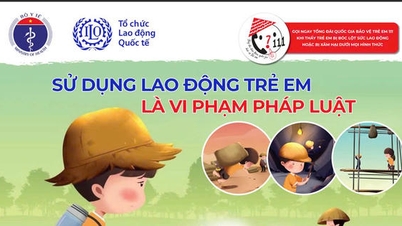



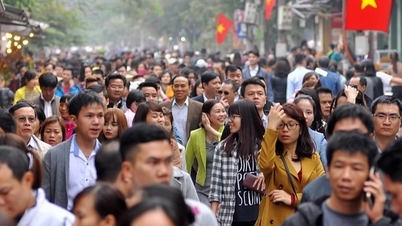











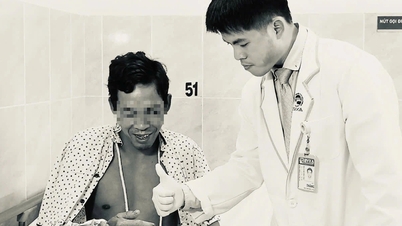












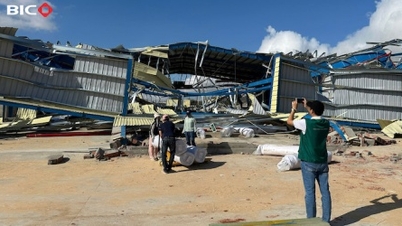


![[Photo] General Secretary To Lam and National Assembly Chairman Tran Thanh Man attend the 80th Anniversary of the Traditional Day of the Vietnamese Inspection Sector](https://vphoto.vietnam.vn/thumb/1200x675/vietnam/resource/IMAGE/2025/11/17/1763356362984_a2-bnd-7940-3561-jpg.webp)









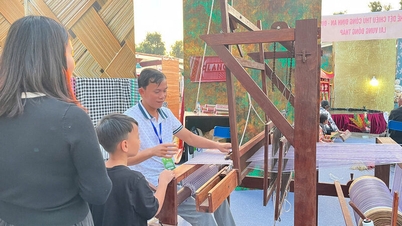




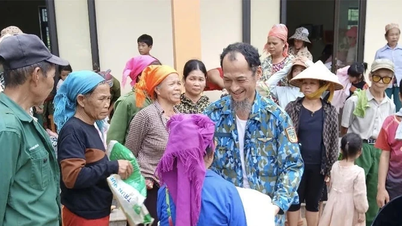
























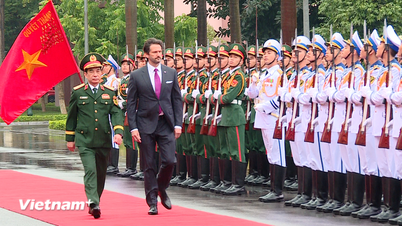








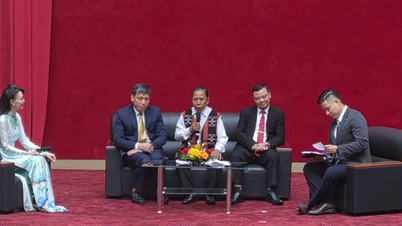

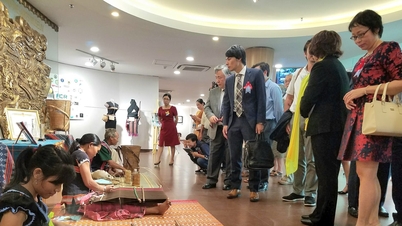












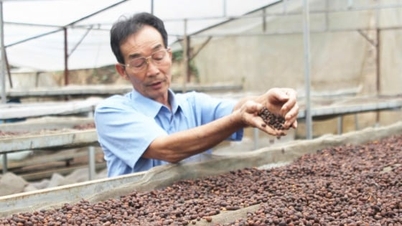
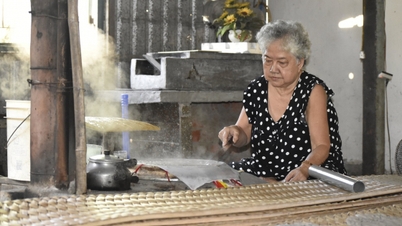






Comment (0)